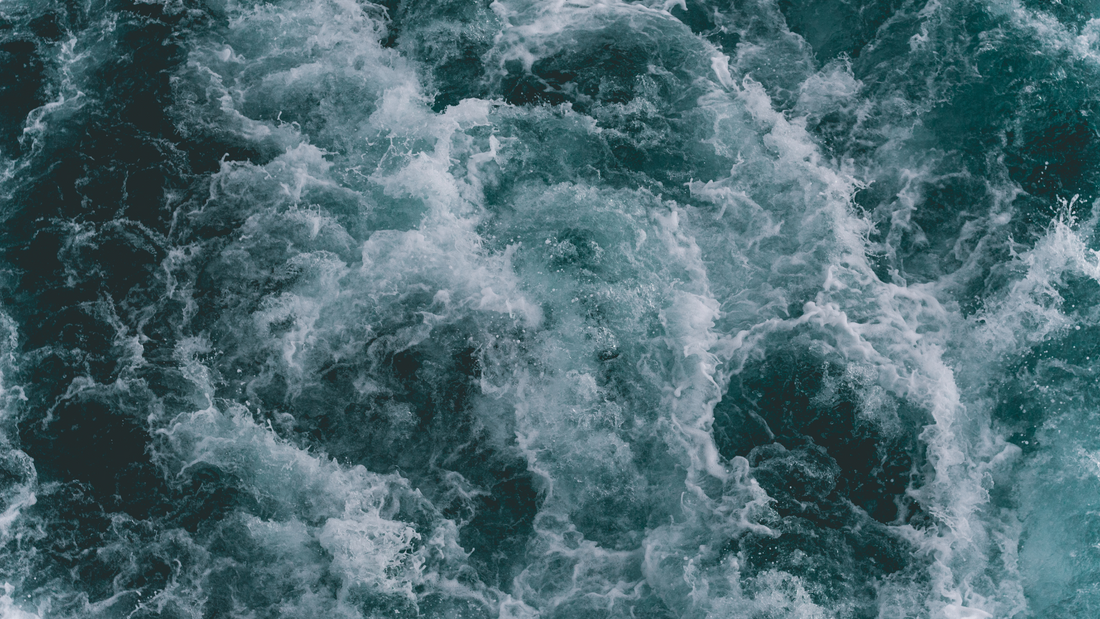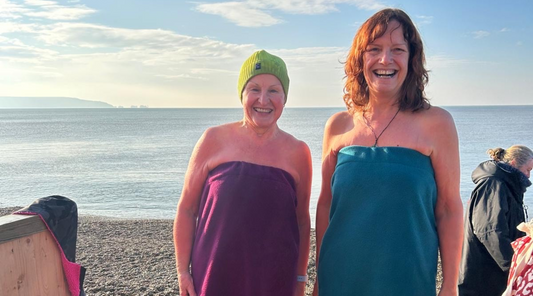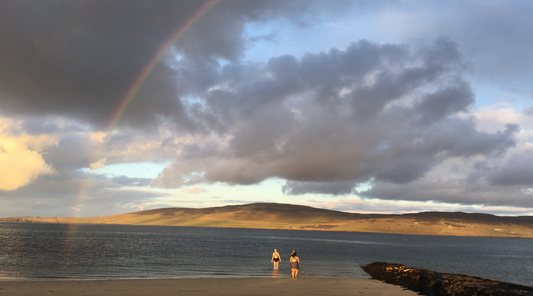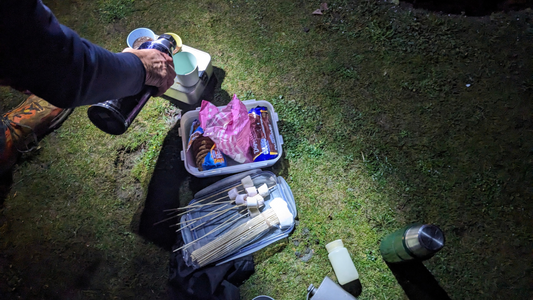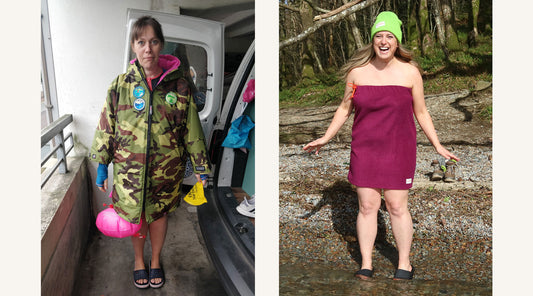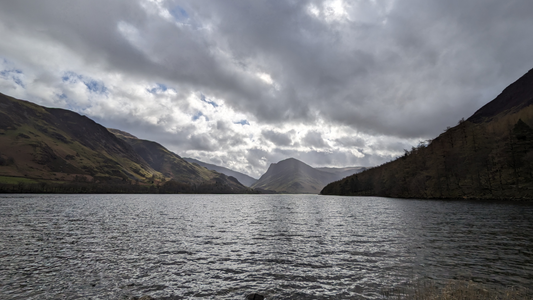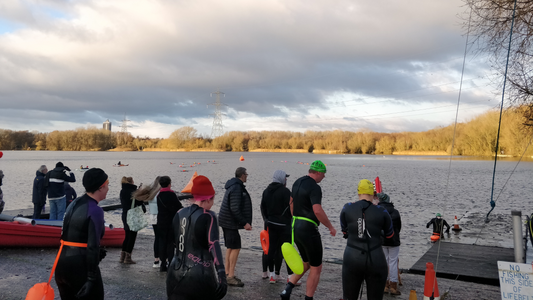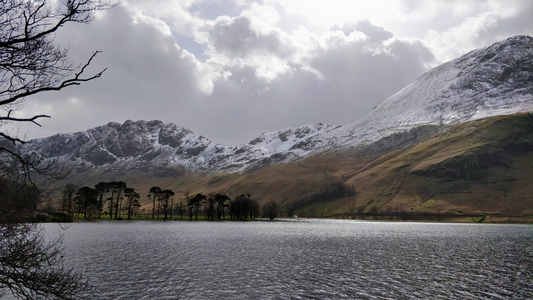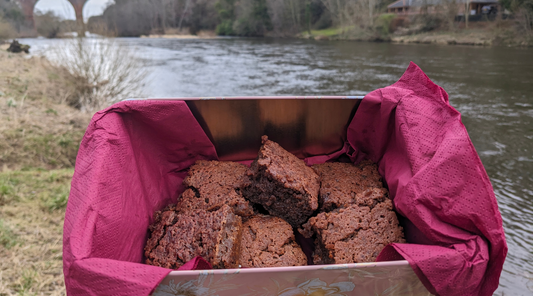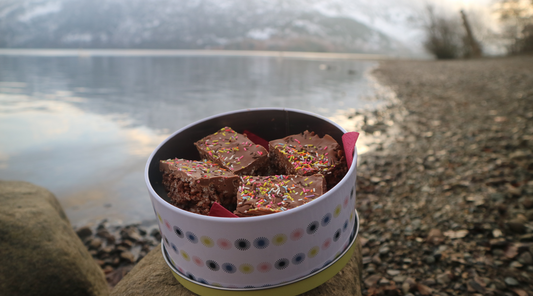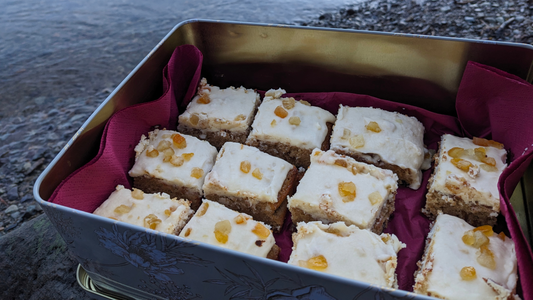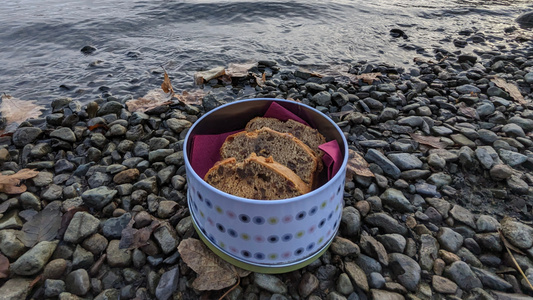How long can you last in the winter water? In just my swimming costume, I would say my maximum is maybe 20 minutes before I start knocking on the door of hypothermia. With training, I’m sure I could do longer, but how about 6 hours with no warning, and with just the clothes that are on your back?
I was reading Why We Swim? By Bonnie Tsui when I first came across this unbelievable story. It is a powerful story to kickstart her book and it hooked me from the very beginning. It is the story of Guðlaugur Friðþórsson from Iceland and his incredible ability to withstand the cold.
Guðlaugur Friðþórsson
It’s 1984 and Guðlaugur Friðþórsson is a fisherman on the Hellisey VE 503 fishing vessel, fishing near Westman Island on the south coast of Iceland. Guðlaugur was 22 years old at the time and one of five men on the boat that fateful evening 11th March 1984.
It’s late. Guðlaugur has gone down below deck to have a quick nap during his break. He is just in jeans, a shirt and a thin sweater. At around 11 pm, he is woken by the cook saying that the fishing net has been caught on the sea bed. It’s all hands on deck as the men desperately try to free it, but it wasn’t to be.
With the water swells washing over the boat, machinery fails and they soon capsize, casting the crew into the 5-degree water. Two crew members died soon after going into the water. The three remaining crew cling onto the hull after the emergency raft fails to deploy. Clinging to the hull, the men said, that if anyone was to survive this, their story had to be told. Knowing that time wasn’t on their side as hypothermia was soon to hit, they decided to follow the light of the nearest lighthouse and swim to shore.
6-hour swim in freezing temperatures
The cold waters soon claimed their next victim and it was only Guðlaugur and the ship's captain Hjörtur Jónsson left. They continued to swim, talking to one another, giving encouragement, but it wasn’t long before the air became silent around Guðlaugur. To stay awake he talked to the gulls as he continued to swim towards the shore for a solid 6 hours in the cold dark waters and -2 air temperatures. Getting to the coast he found himself up against a steep cliff, with no means of climbing out. He went back into the sea and continued to swim further along the coast until he could get out safely.
But his ordeal wasn’t over when he met the land. In bare feet and wet clothes, he had to walk 2K over an ice lava field, which cut at his bare feet. By this point, Guðlaugur was suffering from dehydration. Finding a bathtub, used for sheep to drink from, he smashed inch-thick ice with his hands so he could quench his thirst. It was around 7 am when he finally reached a house which he knocked on, to ask for help.
The Human Seal
Guðlaugur was taken to hospital where he baffled the doctors. They were unable to find his heartbeat and yet, despite dehydration and foot wounds, he was in good health. His body temperature couldn’t be measured as it was so low and yet he showed no signs of hypothermia. Following further study, scientists attributed Guðlaugur incredible survival feat to the fact that his fat more closely resembled seal fat. 14 millimetres, 3 times more than what is generally seen in other humans, of fat protected him.
What I find powerful about this story, despite the fascinating biological quirk that kept him alive, is that he never wanted any praise for what he went through. He always brought the conversation back to the 4 crew members who died. He campaigned to get self-deploying emergency rafts on every ship in Iceland, and he taught a whole country that learning to swim was an essential skill. The following year in 1985, a tradition started which is celebrated each year in March. The Guðlaugur Swim is a 6k swim that people do to honour Guðlaugur’s achievement and those lost at sea. His story was later turned into a film The Deep (2012).
Why We Swim
Why We Swim documents many stories like Guðlaugur’s. Of how humans and water have co-existed throughout time. Our bodies can adapt to harness its power but there always needs reverence for it. I found it to be a truly inspiring book and it makes me want to start training so that one day I could attempt the Guðlaugur Swim and pay my respects as well.

Top tips for sea swimming and cold water adaption
Sea swimming can be an exhilarating experience, but an understanding of the environment is essential for a safe swim. We talked to Colin Wadey from RNLI St Bees for safety tips for sea swimming.
Not everyone will have seal-like thickness fat to be able to withstand the cold for 6 hours. Adapting to cold water should be done in a controlled manner. Studies from Portsmouth University say “as few as six, three-minute immersions in cold water can reduce your cold shock response by 50%”. But before you start, if you are in any doubt, check with your doctor that cold water swimming is right for you, especially if you have heart conditions.
Here are a few tips on how to adapt to cold water:
- A great starter for 10 is to start taking cold showers. This is a good starting point as it is not as intense as a cold water dip. Cold water dipping can cool the skin quicker than a cold shower. But it’s a good way to start to control your breathing in cold water.
- Less is more. Don’t try to stay in cold water longer than you need to. Start with a short time in the water and build up from there. Always listen to your body!
- Start in Summer, when the water temperature can be more comfortable. As the seasons change, keep up your exposure. You will naturally adapt along the changing season.
For a deeper look at what happens to your body when exposed to cold water, have a look at The Benefits of Cold Water Swimming.

